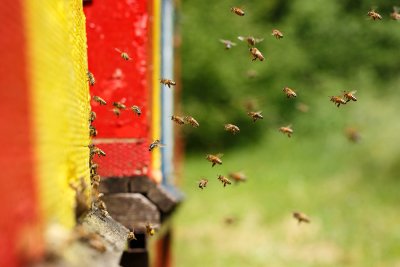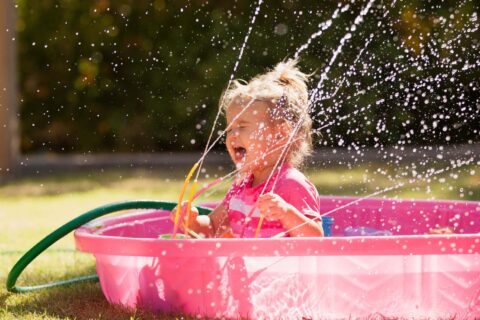Essential Tips for Controlling Wasps and Bees in Your Yard

It can be difficult to relax in your yard when the wasps and bees won’t leave you alone. If your home has a wasp or bee problem, consider seeking expert help from an experienced exterminator near Crystal Lake. Keep reading for a few tips on pest control for wasps and bees in your yard.
Cover Trashcans
Keeping your outdoor trashcans tightly sealed will help make your yard less attractive to wasps and bees. Decomposing food and other debris in a trashcan will draw bees onto your property. Limit aromas that could entice bees and wasps by keeping all waste safely sealed within a garbage receptacle. If you have a party, do not leave food and beverages exposed for lengthy periods of time. Empty soda cans and bottles can act as beacons for stinging pests, so ensure that you keep your yard tidy throughout the event.
Wasp-Proof Your Home
It is important to inspect your home’s exterior every few months for places where siding or panels have cracked or worn away. Patch any holes to ensure that wasps do not use the crevice to build a nest. Next, look up at the soffits and overhangs of your home to be sure that wasps have not found a tight corner in which to construct a nest. If you encounter a wasp’s nest or evidence of wasp infestation, it is wise to call a pest control expert to remove the insects. Wasps can become aggressive when disturbed, and a pest control service will possess the proper equipment to ensure everyone’s safety.
Fill Holes in Ground and Trees
Holes created by other animals like groundhogs or woodpeckers are often taken over by wasps and bees looking for an easy space in which to build their nests. Take a few moments every now and then to examine your yard for holes in the ground and holes in trees. Fill holes in the ground with soil or other yard debris to ensure that they do not become a habitat for wasps. Cover holes in tree trunks or branches with a thin metal sheet or plaster covered screen.

